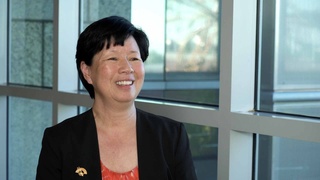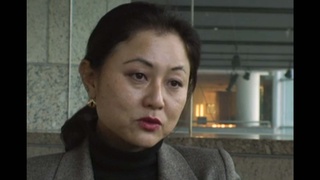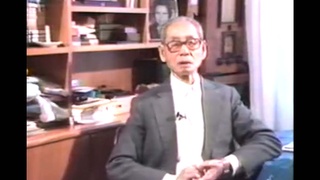Interviews
Mr. Finch, godfather of the 442nd
Mr. Finch? He was called the ‘Godfather of the 442.’ Well, he said, “Look, would you go to Minnesota and see if the Japanese there need anything.” This Mr. Finch was certainly a godfather.
He got so attached to the Japanese American soldiers, he did everything. Anything the boys wanted that they couldn’t get, he would go to, I don’t know where, some other state, like Japanese from Hawaii like abalone. And, I don’t know where you get abalone, but he would get abalone for them. He would get Japanese food and bring it back to Mississippi. And every time a Japanese soldier, whether, you know, in training or what, was injured, he would go visit them at whatever hospital they were sent to. He would…anything the Japanese soldiers needed or even if the parents needed… “Is there anything your mother or father need? How old are they?” and stuff like that. Mr. Finch was an unusual person, and it seems like, in this whole world…always someone like that will show up.
Date: June 16, 2003
Location: California, US
Interviewer: Karen Ishizuka, Akira Boch
Contributed by: Watase Media Arts Center, Japanese American National Museum.
Explore More Videos

Being called out of Reserves
(b. 1921) Nisei veteran who served in the occupation of Japan

Fort Snelling
(b. 1921) Nisei veteran who served in the occupation of Japan

Traveling from Manila to Tokyo
(b. 1921) Nisei veteran who served in the occupation of Japan

Camp stories impact on her career
Sansei judge on the Superior Court of Los Angeles County in California

Concentration camp from a Japanese mother’s point of view (Japanese)
Shin-Issei from Gifu. Recently received U.S. citizenship

Fully aware of discrimination in America
(1919 - 2006) World War II and Korean War veteran


People with talent in the 100th infantry battalion
(1919 - 2006) World War II and Korean War veteran


442nd’s contribution to redress
(1919 - 2006) World War II and Korean War veteran


Makegumi - Movement to regognize the defeat of Japan (Japanese)
A central figure for the “Makegumi” (defeatists)

Strictly American, but sympathize with Japan
(1919-2020) Member of the 1800th Engineering Battalion. Promoted Japan-U.S. trade while working for Honda's export division.

Father's Service in WWII
(b. 1930) Half Japanese and grew up in both Japan and the United States.

Moving to Upland Post-Camp
(b. 1930) Half Japanese and grew up in both Japan and the United States.
